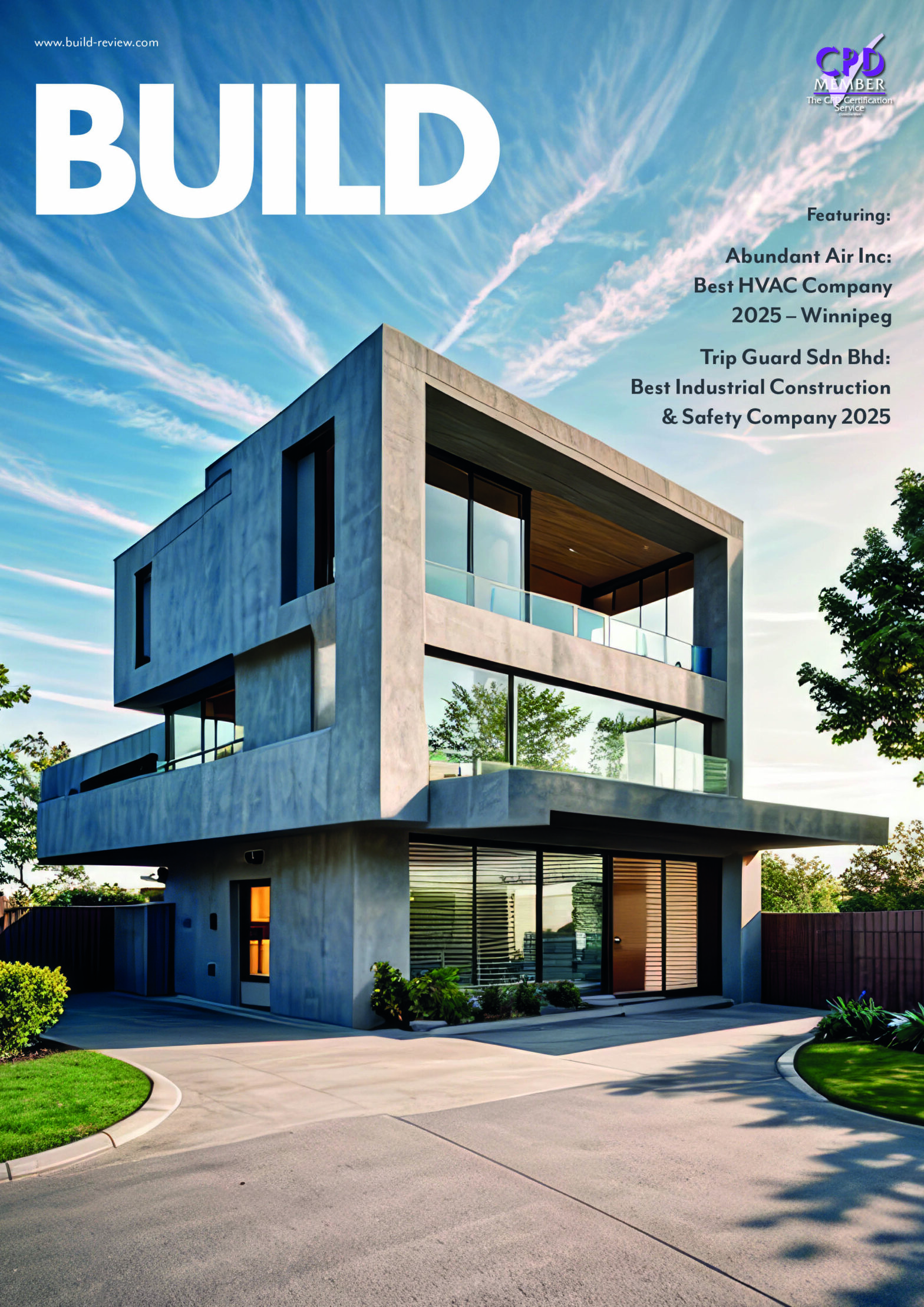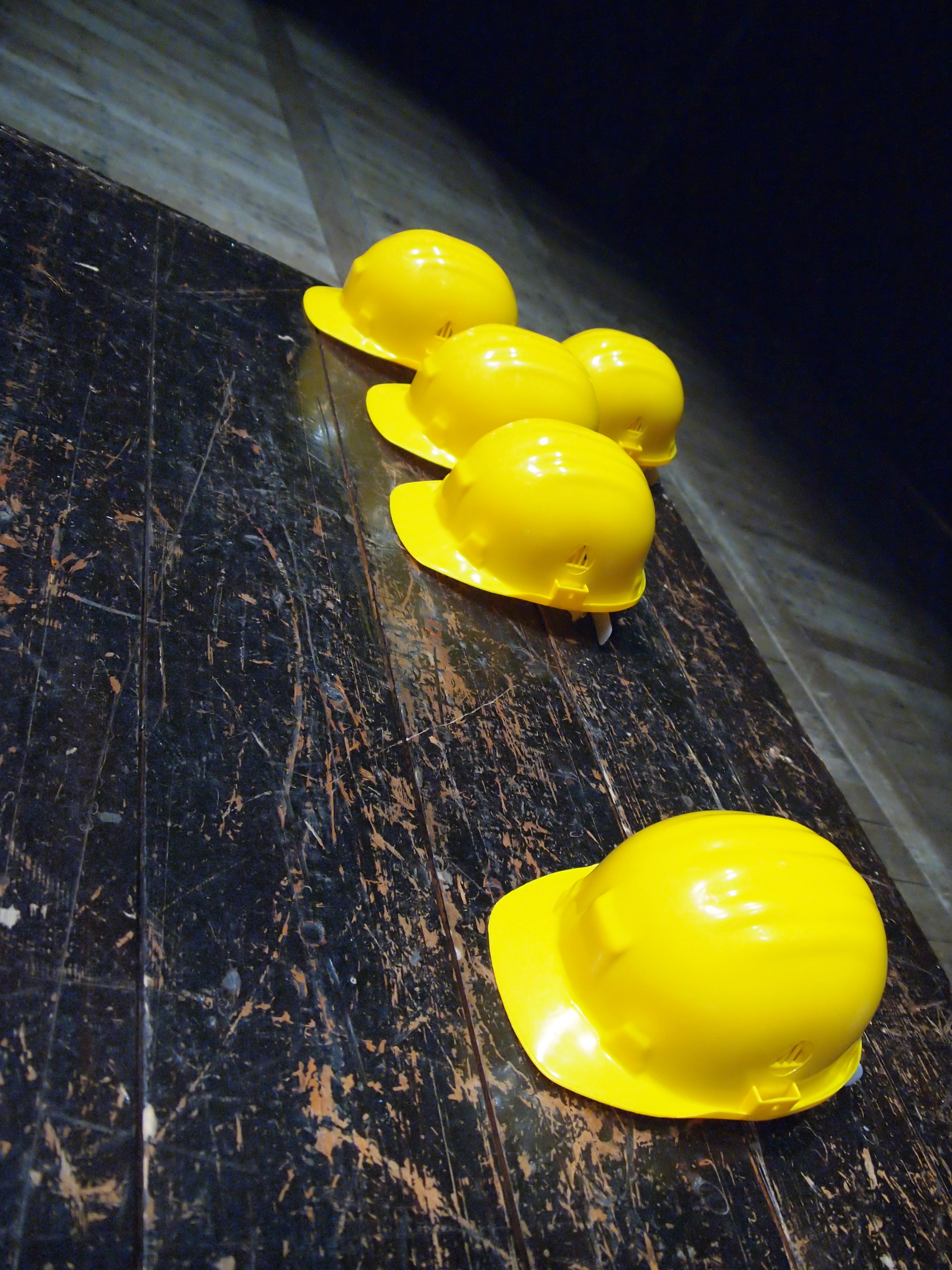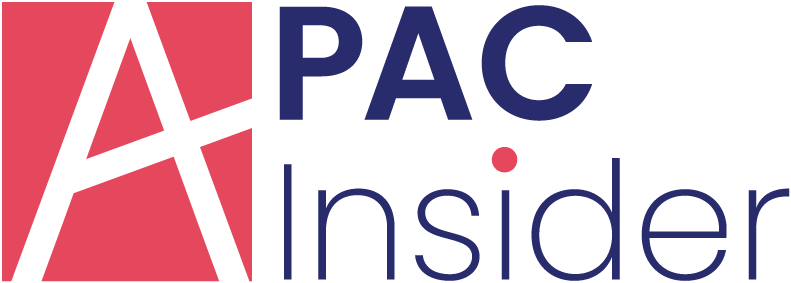Half the stress on a construction project doesn’t come from the build itself. It’s the confusion. The phone calls that start with “Wait, didn’t we already…?” The spreadsheet was not updated. The inspection you didn’t know about until it became a problem.
The pace of the industry isn’t slowing down, but thankfully, neither is its tech. Unified field software is stepping up as the calm in the storm, helping crews cut through the noise and get things done without the guesswork.
The Field Isn’t Waiting Around Anymore
Construction moves fast. Crews are juggling uncooperative weather. Managers are adjusting deadlines and addressing supplier issues. Every delay has the potential to result in wasted time, excessive expenses, and a great deal of finger-pointing.
As a result, integrated field software, which was developed with troops on the ground in mind, is gaining increasing popularity. To bridge the divide between back-office decision-making and on-site operations, numerous construction companies are adopting a field-first platform from Fulcrum that allows for real-time data collection, task management, and seamless team coordination.
It’s not just about working smarter. It’s about working together, even when the team is spread across four job sites and a Zoom call.
Breaking Down Silos: Why Unified Matters
It’s surprising how many construction projects still operate in silos. Safety checks live on one app. Progress photos are texted in group chats. Inspection logs get emailed, printed, and then misplaced.
Unified field software not only digitizes but also connects procedures, ensuring everyone is aligned. A unified system for scheduling, reporting, and compliance boosts productivity and minimizes misunderstandings, making it feel like everyone is in the same room, despite the distance.
Risk Management Can’t Be Guesswork
In construction, guessing is expensive. A missed hazard report or a late inspection can result in severe liability. The right software eliminates that blind spot.
Unified platforms allow teams to monitor issues in real-time, automatically store documentation, and raise safety issues before they become problems. It’s risk management that quietly operates in the background so that the crew doesn’t need to babysit it.
With smarter field data, decisions get sharper. Forecasts improve. Insurance claims shrink. It’s not being perfect. It’s being ready and aware of your weak points ahead of time, before they appear in red on the balance sheet.
It’s Not Just Tech — It’s Culture
Nobody at the job site is interested in dealing with cumbersome software. If a tool slows down the crew, they’ll revert to using pen and paper. And who could blame them?
Modern unified platforms recognize this. They are designed for mobile use and can function without an internet connection. Adoption rises when technology acts as a partner rather than a taskmaster. It shows a broader shift in perception that extends beyond mere functionality.
It’s not about replacing people. It’s about supporting them, so crews can spend less time fiddling with forms and more time building.
What’s Next for Construction Teams That Want to Stay Competitive
Businesses that adjust to change are the ones that thrive in the current environment. AI, automation, and predictive analytics are being integrated into unified field software, which is developing rapidly. It is now proactive instead of reactive. The message is clear: teams that invest in unified tech stay ahead. The rest are playing catch-up with a clipboard.
Conclusion: Build Smarter or Fall Behind
The old approach had its time, but construction has evolved beyond chaos. Unified software is now essential. It’s the new unusual, and the most innovative way forward for teams that want to build better, faster, and with fewer surprises.



























